Composting is a great way to reduce waste and improve the health of your garden naturally. Organic compost-making is the process of turning scraps, yard waste, and organic materials into a nutrient-rich soil amendment. It’s like nature’s way of recycling, creating a sustainable cycle that benefits both your garden and the environment.
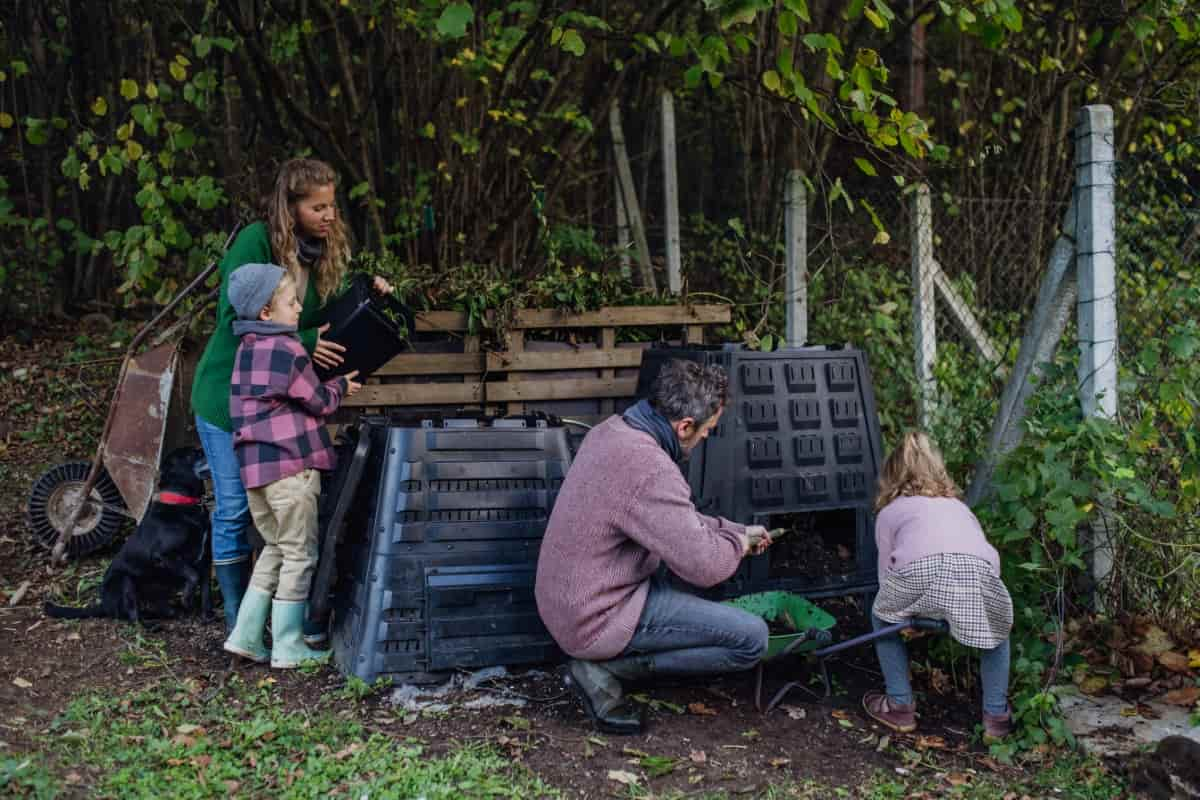
Organic Composting Benefits and Principles
The composting process not only benefits your immediate surroundings but contributes to a healthier planet for future generations. Organic composting offers a multitude of benefits for both the environment and your garden. By recycling organic waste into nutrient-rich soil, you can reduce landfill waste and decrease methane emissions. Composting helps retain moisture in the soil, improving its structure and fertility.
The principles of organic composting revolve around creating a balanced ecosystem within your compost pile. This involves combining green materials rich in nitrogen (such as fruit scraps) with brown materials high in carbon (like dry leaves). The key is to maintain the right ratio to promote decomposition effectively. Furthermore, understanding the importance of aeration and moisture levels is crucial for successful composting.
Understanding Compostable Materials: What Can and Can’t Be Composted
The best compostable materials include fruit and vegetable scraps, coffee grounds, eggshells, yard trimmings, and paper products like newspaper or cardboard. These organic items break down naturally to create nutrient-rich soil for your garden. On the other side, avoid composting meat, dairy products, oils, pet waste, and diseased plants.
These items can attract pests or introduce harmful bacteria into your compost pile. For efficient decomposition, it’s essential to maintain a balance of green (nitrogen-rich) and brown (carbon-rich) materials. By understanding which materials are suitable for composting, you’ll help create a healthy environment for beneficial microorganisms to thrive in your compost pile.
Setting Up Your Composting Area: Choosing the Right Location
Choosing the right location is key. You want a spot that gets just the right amount of sunlight and shade throughout the day. Too much amount of sun can dry out your compost, while too much shade might slow down decomposition. Ideally, you’ll want a level surface to place your compost bin or pile on. This will help with proper drainage and airflow, both essential for successful composting. Avoid regions prone to flooding, as excess water can disrupt the process.
In case you missed it: 8 Best Organic Composts to Buy in India for Flowering Plants, Vegetables, and Lawn
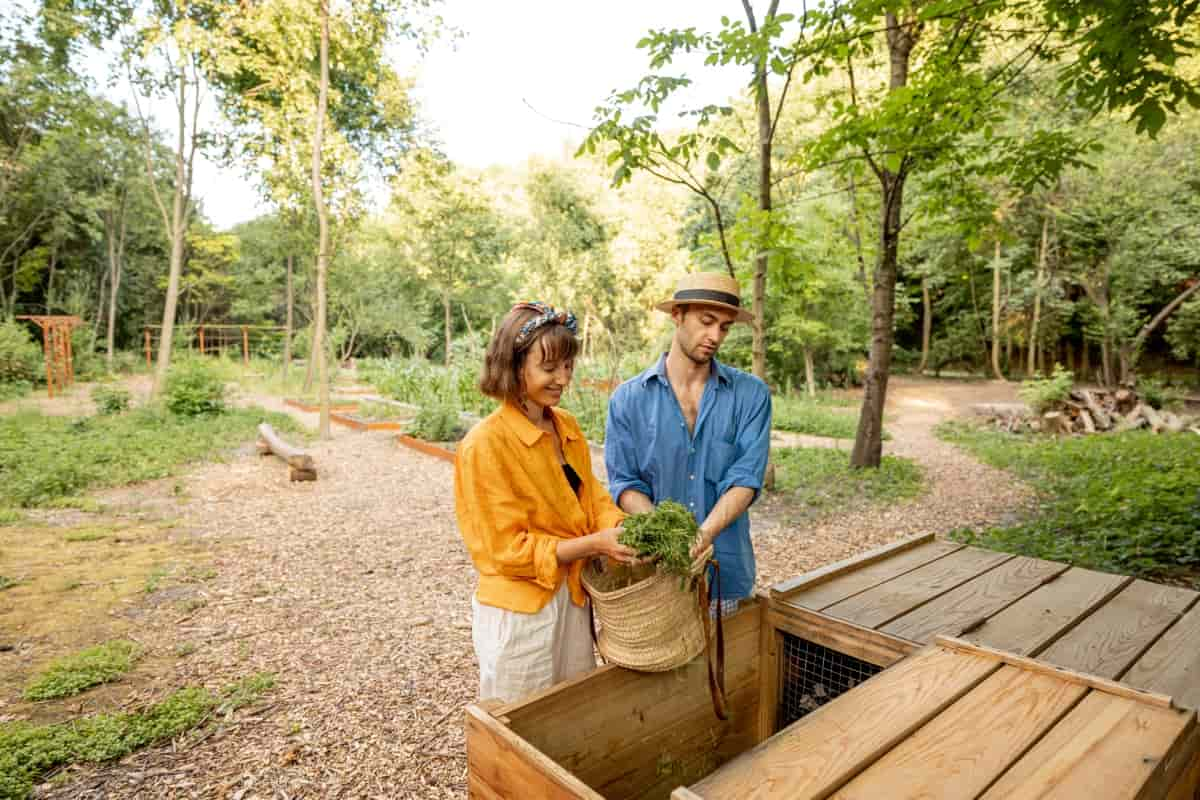
When disposing of food scraps, consider proximity to your kitchen for convenience. It’s also wise to choose an area away from strong odors or high-traffic spots in your yard. Whether you opt for a backyard setup or utilize a small space like a balcony or patio, make sure it’s easily accessible so you can tend to your compost regularly without hassle.
Types of Composting Methods: Piles, Bins, and Tumblers
When it comes to composting, there are various methods you can select from based on your preference and space availability. One common method is using compost piles, where organic materials are stacked in a heap and left to decompose naturally over time. Piles are simple and cost-effective but require more effort when it comes to turning the compost.
Another option is utilizing compost bins, which provide a contained environment for decomposition. Bins help control pests, retain heat, and keep odors at bay. They are great for smaller spaces like backyards or balconies. Tumblers offer a convenient way to turn your compost regularly by simply rotating the container. This method ensures proper aeration and speeds up the decomposition process. Tumblers also prevent odors and make it easier to maintain moisture levels.
Balancing Green and Brown Materials for Optimal Decomposition
Achieving the balance of green and brown materials is key for optimal decomposition. Green materials like fruit scraps, grass clippings, and coffee grounds are rich in nitrogen, providing essential nutrients for microbes. On the other hand, brown materials such as dried leaves, straw, and paper add carbon to the mix, aiding in structure and aeration. To strike this harmony between green and brown components in your compost pile or bin, aim for a ratio of roughly 2:1 or 3:1 browns to greens by volume.
Too much nitrogen-rich green material can lead to a smelly pile that attracts pests. Conversely, an excess of carbon-heavy browns may slow down decomposition. Experiment with different combinations of kitchen scraps, yard waste, and shredded paper until you find the sweet spot where your compost heap hums with activity. You’ll create nutrient-rich soil amendment that will benefit garden plants while reducing waste sent to landfills—a win-win situation for both you and the environment.
The Role of Moisture and Aeration in Composting
Moisture helps break down organic matter, while aeration allows beneficial microorganisms to thrive. Too much moisture levels can lead to a smelly, anaerobic mess, while lack of air can slow decomposition. To ensure proper moisture levels, aim for your compost pile to feel like a damp sponge when squeezed. If it’s too dry, add water; if too wet, mix in dry materials like straw or leaves.
In case you missed it: 12 Best Compost Bins for Home in India with Price: Cheap for Indoors, Outdoors, and Kitchens
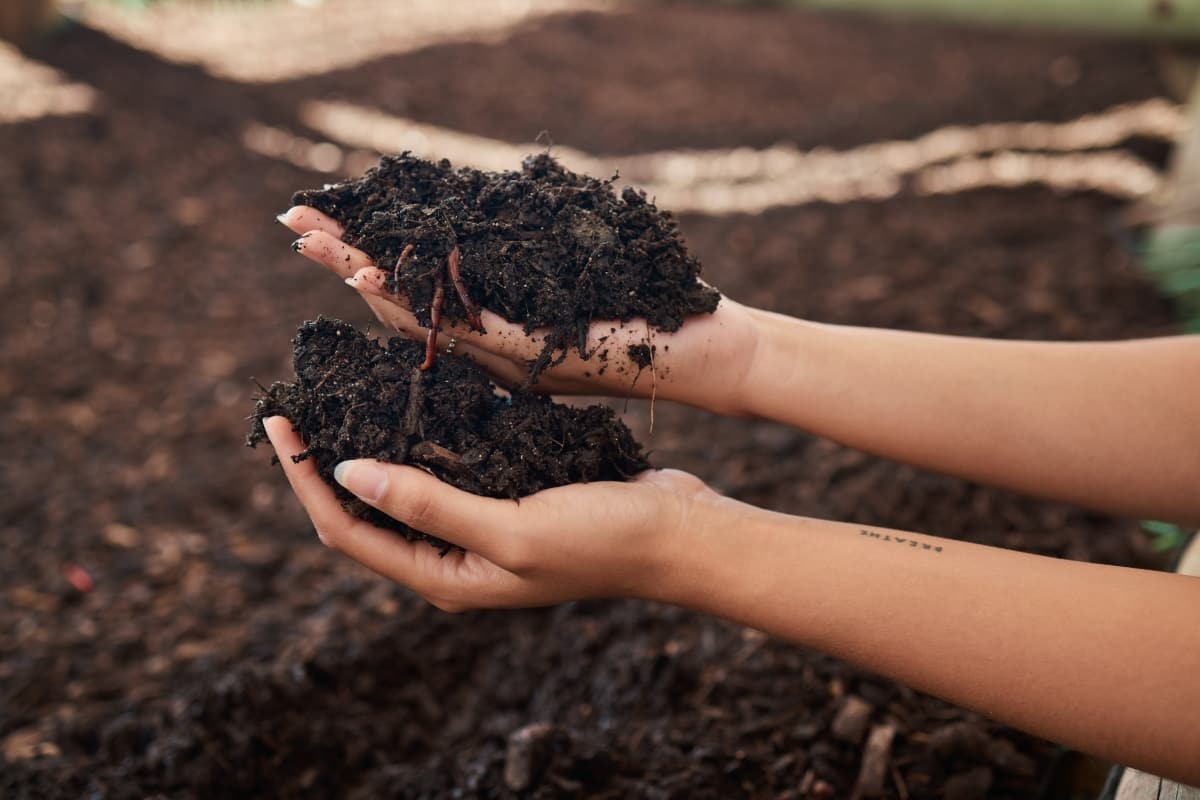
Adequate aeration is achieved by turning the compost regularly with a pitchfork or shovel. This process introduces oxygen into the pile and prevents it from becoming compacted. Properly managing moisture and aeration will keep your compost active and healthy, accelerating the breakdown process naturally without odors or issues.
Temperature Management: Keeping Your Compost Active
Temperature is an important factor in the composting process, impacting the activity of microorganisms breaking down organic matter. Ideally, your compost should stay between 43 °C and 71°C for optimal decomposition. Monitoring the temperature regularly ensures that your compost remains active and efficient.
Insulating your compost pile during colder months can help retain heat and keep the microbial activity going strong. Conversely, if temperatures rise too high, turning the pile frequently can help regulate it back to an ideal range. Aerating the compost allows oxygen to circulate and maintains a healthy internal temperature. Remember, a well-balanced mix of green and brown materials also contributes to consistent heat levels in your compost heap.
Turning the Compost: Techniques and Timelines
Aerating the compost helps speed up decomposition and prevent odors from forming. A pitchfork or shovel can be used to turn the pile every 1-2 weeks. The frequency of turning depends on factors like temperature, moisture, and the type of materials in your compost. As a general rule of thumb, aim to maintain a green and brown materials balance while ensuring proper aeration.
Turning also helps distribute beneficial microorganisms evenly throughout the compost, aiding in breakdown. Keep an eye on the temperature of your pile; it should remain warm but not too hot. By staying consistent with turning your compost and monitoring its progress, you’ll soon have nutrient-rich soil amendment ready for your garden’s needs.
Speeding Up the Composting Process: Tips and Tricks
The effective method is to chop your organic materials into pieces before adding them to the compost pile. This allows for quicker decomposition and breakdown. Introducing oxygen into your compost pile is another key factor in accelerating the process. Turn your compost regularly to aerate it and promote efficient decomposition. Mixing green and brown materials in the right ratio also helps maintain a balanced environment for microorganisms to thrive.
In case you missed it: The Sustainable Solution: Bio-composting with Agricultural By-products
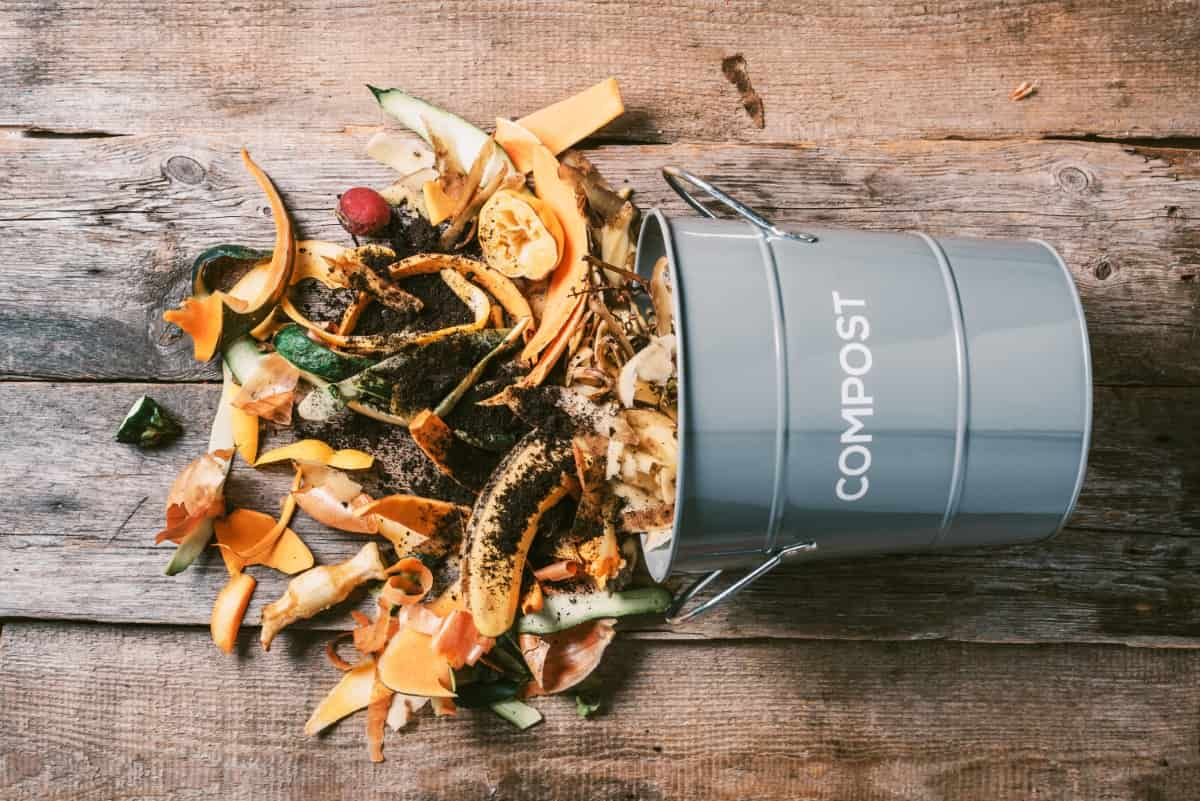
Maintaining adequate moisture levels is essential for speeding up decomposition. Your compost should feel like a damp sponge – not too dry or soggy. Covering your pile with a tarp during heavy rains can prevent excess water accumulation. Adding high-nitrogen activators like manure or coffee grounds can supercharge your compost heap, helping break down materials faster.
Vermicomposting: Using Worms to Enhance Compost Quality
Vermicomposting, also known as worm composting, is a fascinating technique that utilizes the power of worms to break down organic materials into nutrient compost. These humble creatures work tirelessly to enhance the quality of your compost pile by speeding up decomposition and enriching it with beneficial microorganisms. Worms are like little soil magicians, transforming kitchen scraps into black gold for your garden.
Their digestive processes create a potent fertilizer that can significantly improve plant growth. Plus, vermicomposting is a sustainable way to reduce food waste and minimize our environmental footprint. By creating the ideal environment for worms to thrive – think moist bedding, proper aeration, and regular feeding – you can harness their incredible abilities to produce high-quality compost for your plants.
Troubleshooting Common Composting Problems
A common problem is a foul odor emanating from your compost pile. This typically indicates an imbalance in the materials—adjust by adding more dry brown matter, like leaves or straw. Another issue you might face is slow decomposition. If your compost isn’t breaking down as quickly as expected, it could be due to a lack of nitrogen-rich green materials or insufficient moisture. Try mixing in grass clippings or vegetable scraps and watering the pile lightly.
In case you missed it: Compost Tea Recipe for Your Garden Plants: How to Prepare and Apply
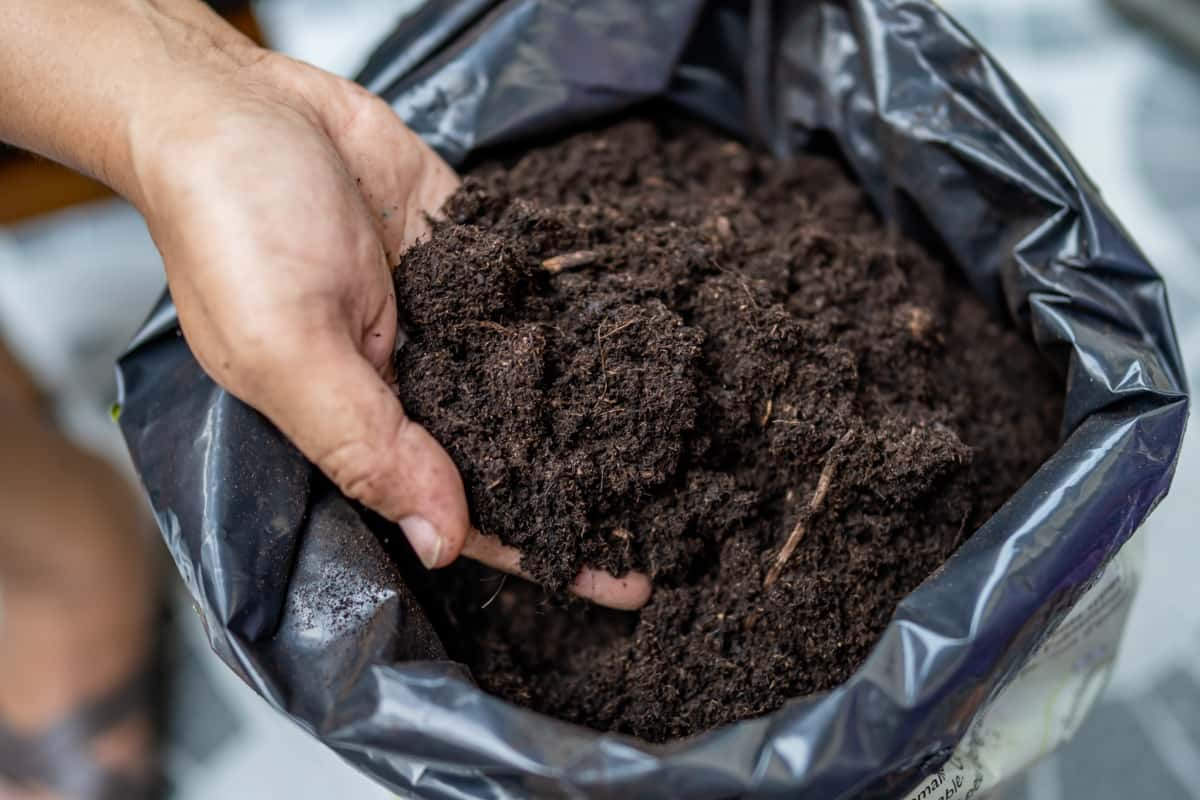
Pests such as flies and rodents can also pose a challenge when composting. To avoid attracting unwanted critters, avoid adding meat or dairy products. Covering your compost with a lid or using wire mesh can help deter pests. If you notice that your compost is too wet and slimy, add more dry materials like sawdust or shredded paper to absorb excess moisture. Regularly turning the pile will also help aerate it and prevent sogginess. By identifying these common problems early on and implementing simple solutions, you’ll be well on your way to successful organic composting.
Utilizing Finished Compost in Your Garden
Utilizing finished compost is like giving your plants a nutrient-packed superfood boost. Once your compost has fully broken down into rich, dark soil, it becomes a powerhouse of organic matter that can work wonders for your garden. Spread the compost around the plant base to provide them with essential nutrients and improve soil structure.
The compost acts as a natural fertilizer, feeding your plants slowly and steadily throughout their growth cycle. Mixing finished compost into the soil before planting helps to promote healthy root development. It enhances soil microbial activity, creating an ecosystem that supports crop growth.
Composting Regulations and Guidelines
It plays a major role in ensuring that composting practices are carried out safely and effectively. These rules change based on your location, so it’s important to familiarize yourself with the specific requirements in your area. Some common regulations may include restrictions on certain materials that can be composted, guidelines on compost pile size or placement, and rules regarding odor control to prevent disturbances to neighbors.
Following these regulations not only helps you avoid potential fines but also contributes to maintaining a healthy environment. By adhering to the guidelines set forth by local authorities, you are actively participating in sustainable waste management practices that benefit both your community and the planet as a whole. It’s always worth taking the time to research and understand the composting regulations applicable to your area.
Innovative Composting Techniques for Urban Areas
Urban areas present unique challenges for composting due to limited space and potential odor concerns. However, innovative techniques have emerged to make composting feasible even in city settings. One popular method is using compact and efficient enclosed compost bins. These bins help contain odors and pests while still allowing organic materials to decompose.
In case you missed it: Bangalore Method of Composting: Preparation Method, Benefits, and Disadvantages
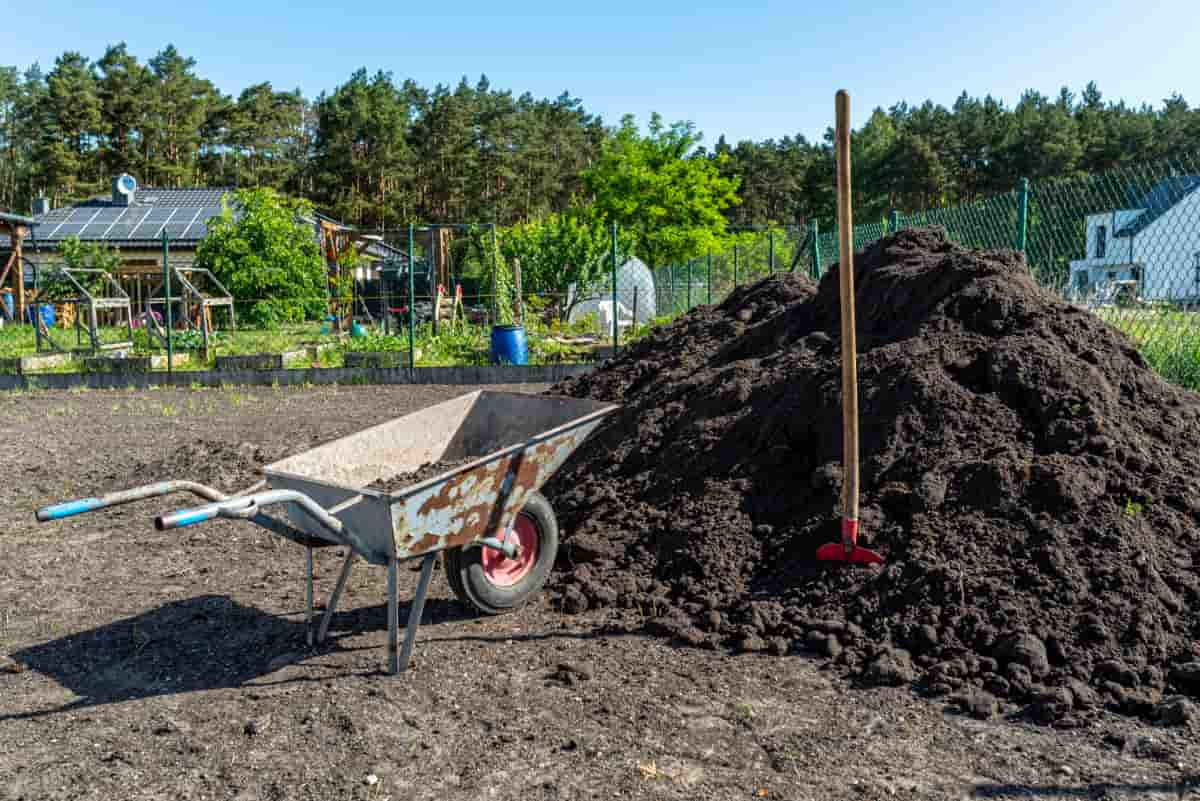
Another creative approach is community composting initiatives, where residents can collectively contribute their kitchen scraps to a shared compost pile. This not only reduces individual waste but also fosters a sense of community engagement. Innovative technologies such as aerobic digesters are also being embraced in urban areas. They offer an efficient way to turn organic waste into nutrient-rich soil amendments without producing unpleasant smells.
The Environmental Impact of Composting and Its Global Importance
Composting plays a major role in reducing greenhouse gas emissions and combating climate change. By changing organic waste from landfills, composting helps minimize methane production, a potent greenhouse gas. When organic materials decompose aerobically through composting, carbon is kept in the soil rather than released into the atmosphere. Additionally, compost enriches soil health by providing essential nutrients for plants to grow.
This leads to improved agricultural productivity and reduced reliance on chemical fertilizers that can harm ecosystems and water sources. Adopting composting practices can significantly contribute to sustainable waste management strategies and promote circular economy principles on a global scale.
Countries worldwide are recognizing the importance of composting in achieving environmental sustainability goals and fostering a more resilient future for generations to come. Composting is a way to reduce waste, and it’s a sustainable practice that benefits the environment and your garden. By following the principles of organic compost making, you can turn scraps and yard waste into nutrient-rich soil amendments.
- Modern Sheep Farming Technology: The Future of Sheep Husbandry
- Goat Farming Technology: The Future of Goat Husbandry
- How to Build a Low-budget Goat Shed: Cheap Ideas and Tips
- Goat Farming Training Programs in India: A Beginner’s Guide
- Types of Pesticides Used in Agriculture: A Beginner’s Guide
- Economical Aquaculture: A Guide to Low-Budget Fish Farming
- 15 Common Planting Errors That Can Doom Your Fruit Trees
- How to Make Houseplants Bushy: Effective Tips and Ideas
- Innovative Strategies for Boosting Coconut Pollination and Yield
- Pollination Strategies for Maximum Pumpkin Yield
- The Complete Guide to Chicken Fattening: Strategies for Maximum Growth
- Natural Solutions for Tulip Problems: 100% Effective Remedies for Leaf and Bulb-Related Issues
- Revolutionizing Citrus Preservation: Towards a Healthier, Greener Future
- Natural Solutions for Peony Leaf and Flower Problems: 100% Effective Remedies
- Maximizing Profits with Avocado Contract Farming in India: A Comprehensive Guide
- Natural Solutions for Hydrangea Problems: 100% Effective Remedies for Leaf and Flowers
- The Ultimate Guide to Choosing the Perfect Foliage Friend: Bringing Life Indoors
- From Sunlight to Sustainability: 15 Ways to Use Solar Technology in Agriculture
- The Ultimate Guide to Dong Tao Chicken: Exploring from History to Raising
- The Eco-Friendly Makeover: How to Convert Your Unused Swimming Pool into a Fish Pond
- Mastering the Art of Delaware Chicken Farming: Essentials for Healthy Backyard Flocks
- 20 Best Homemade Fertilizers for Money Plant: DIY Recipes and Application Methods
- How to Craft a Comprehensive Free-Range Chicken Farming Business Plan
- Brighten Your Flock: Raising Easter Egger Chickens for Beauty and Bounty
- How to Optimize Your Poultry Egg Farm Business Plan with These Strategies
- Subsidy for Spirulina Cultivation: How Indian Government Schemes Encouraging Spirulina Farmers
- Ultimate Guide to Raising Dominique Chickens: Breeding, Feeding, Egg-Production, and Care
- Mastering the Art of Raising Jersey Giant Chickens: Care, Feeding, and More
- Ultimate Guide to Raising Legbar Chickens: Breeding, Farming Practices, Diet, Egg-Production
- How to Raise Welsummer Chickens: A Comprehensive Guide for Beginners
- How to Protect Indoor Plants in Winter: A Comprehensive Guide
- Ultimate Guide to Grow Bag Gardening: Tips, Tricks, and Planting Ideas for Urban Gardeners
- Guide to Lotus Cultivation: How to Propagate, Plant, Grow, Care, Cost, and Profit
- Agriculture Drone Subsidy Scheme: Government Kisan Subsidy, License, and How to Apply Online
- Ultimate Guide to Raising Araucana Chickens: Breed Profile, Farming Economics, Diet, and Care
- Bringing Hydroponics to Classroom: Importance, Benefits of Learning for School Students
Hi
As I am running a poultry layer farm. I have to think about its waste. Therefore, I am looking to get a training on manure composting.
Please advise me.
Thanks & Regards
Shantanu
We are going to update with Organic Composting Project Report. Please wait for this update.
I would like to get training on Vermicompost Manufacturing in Trichy. Please advise the contact.